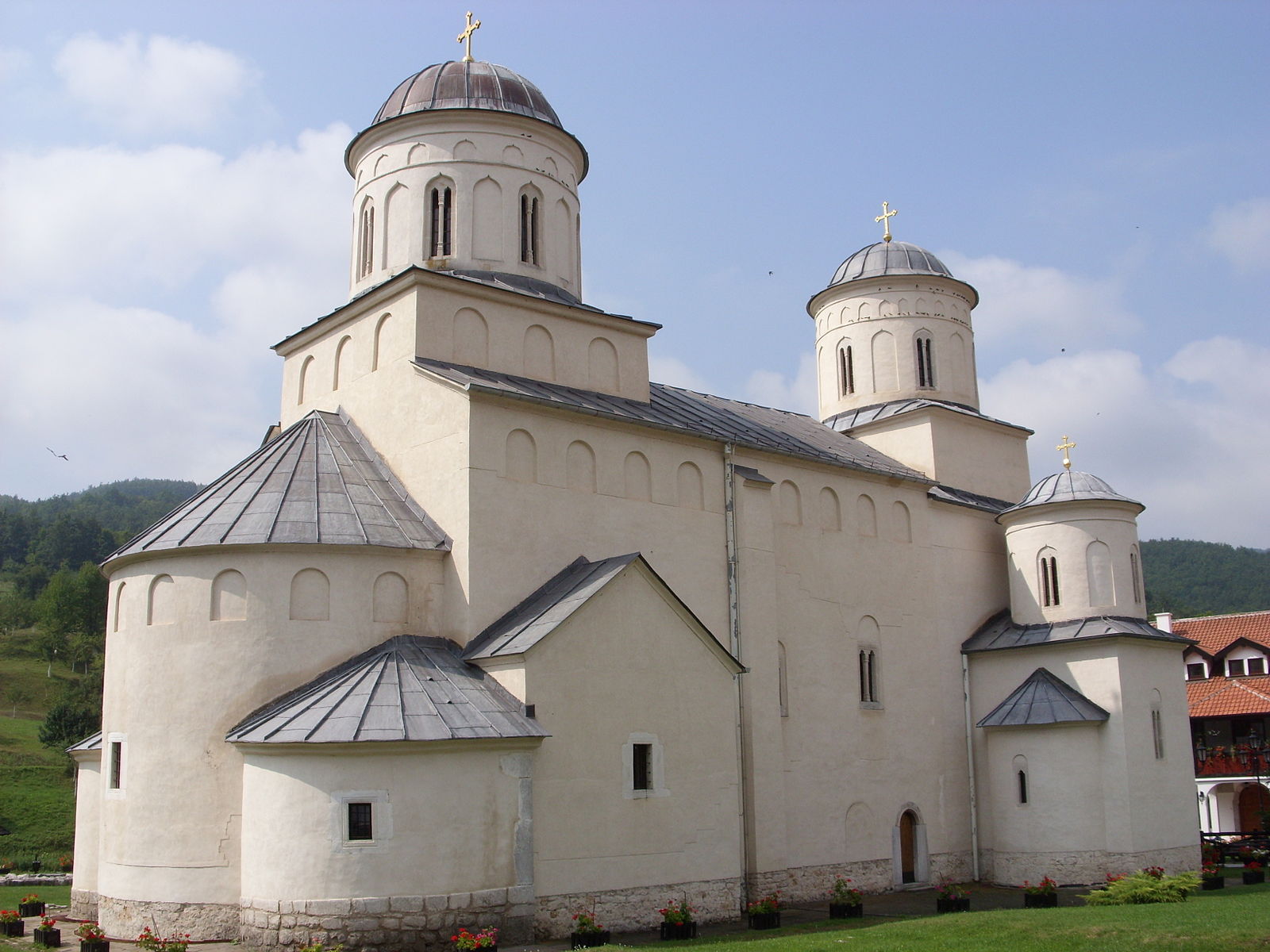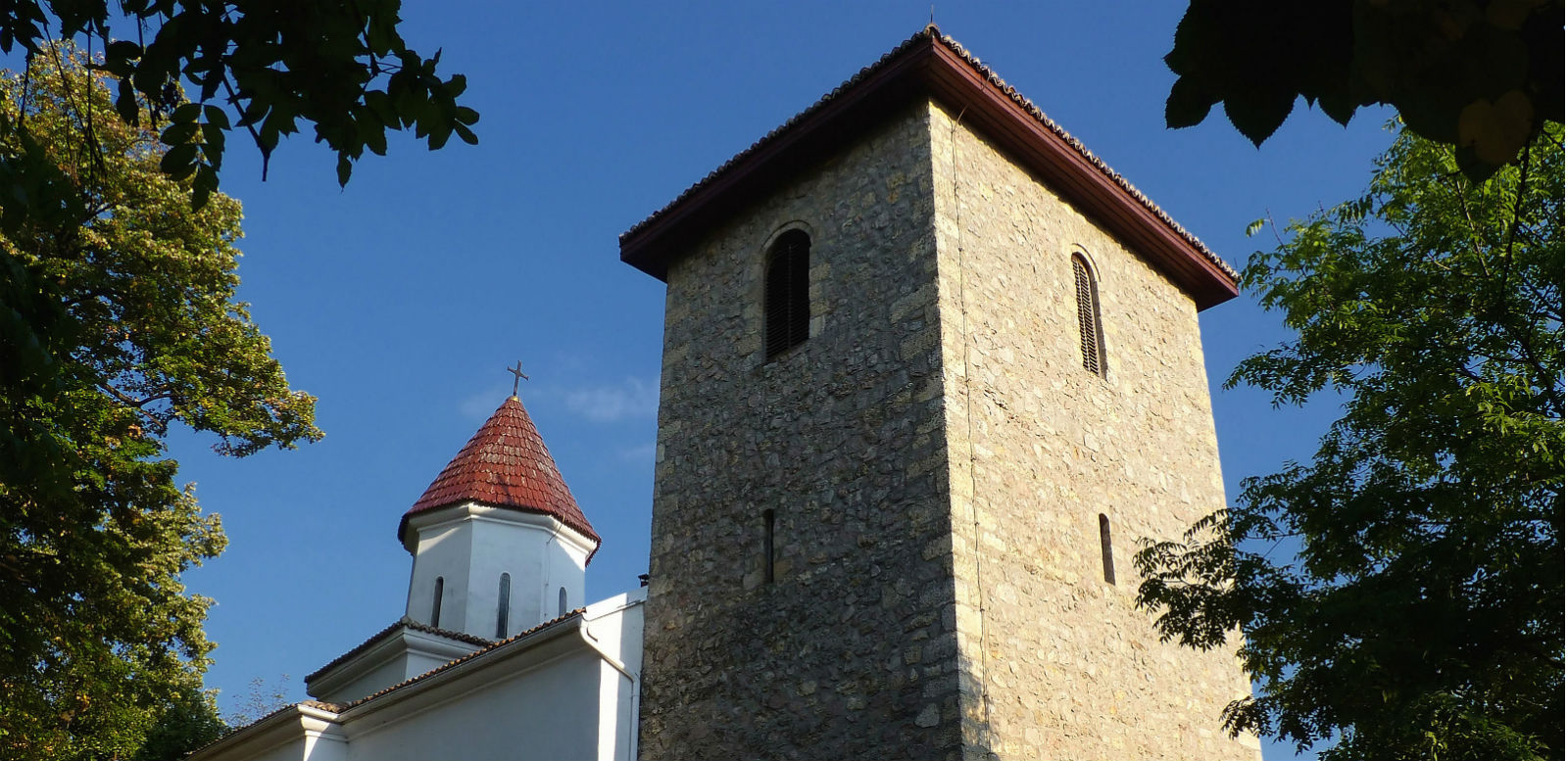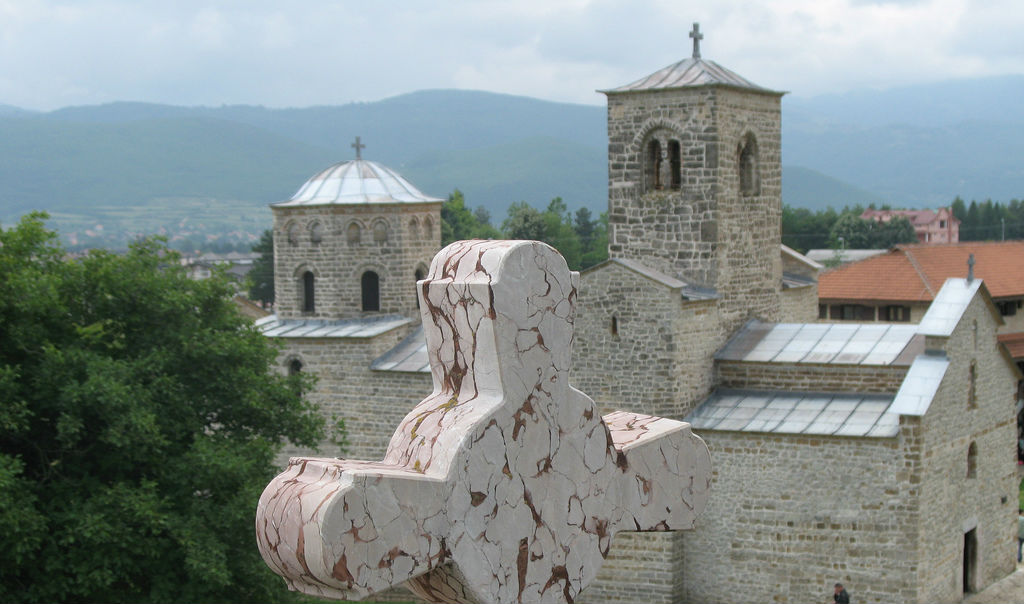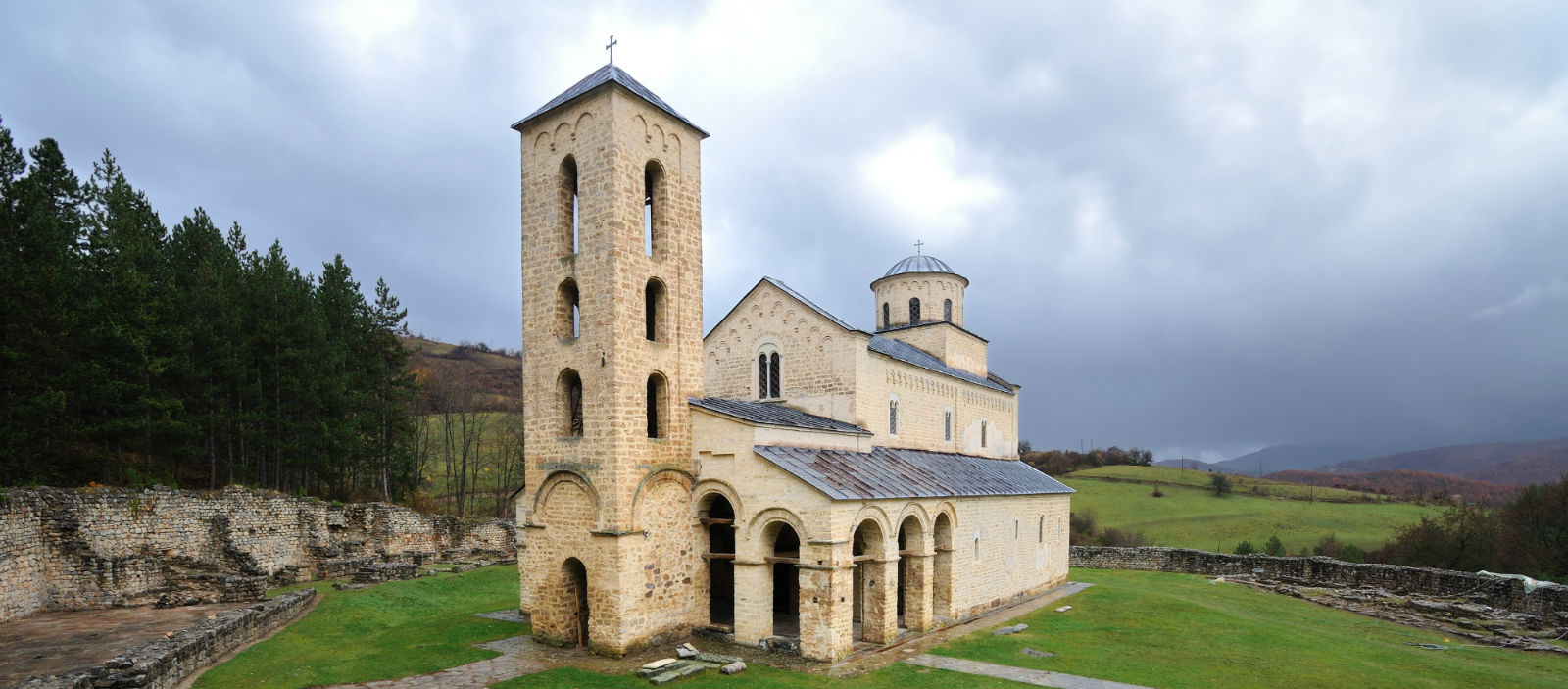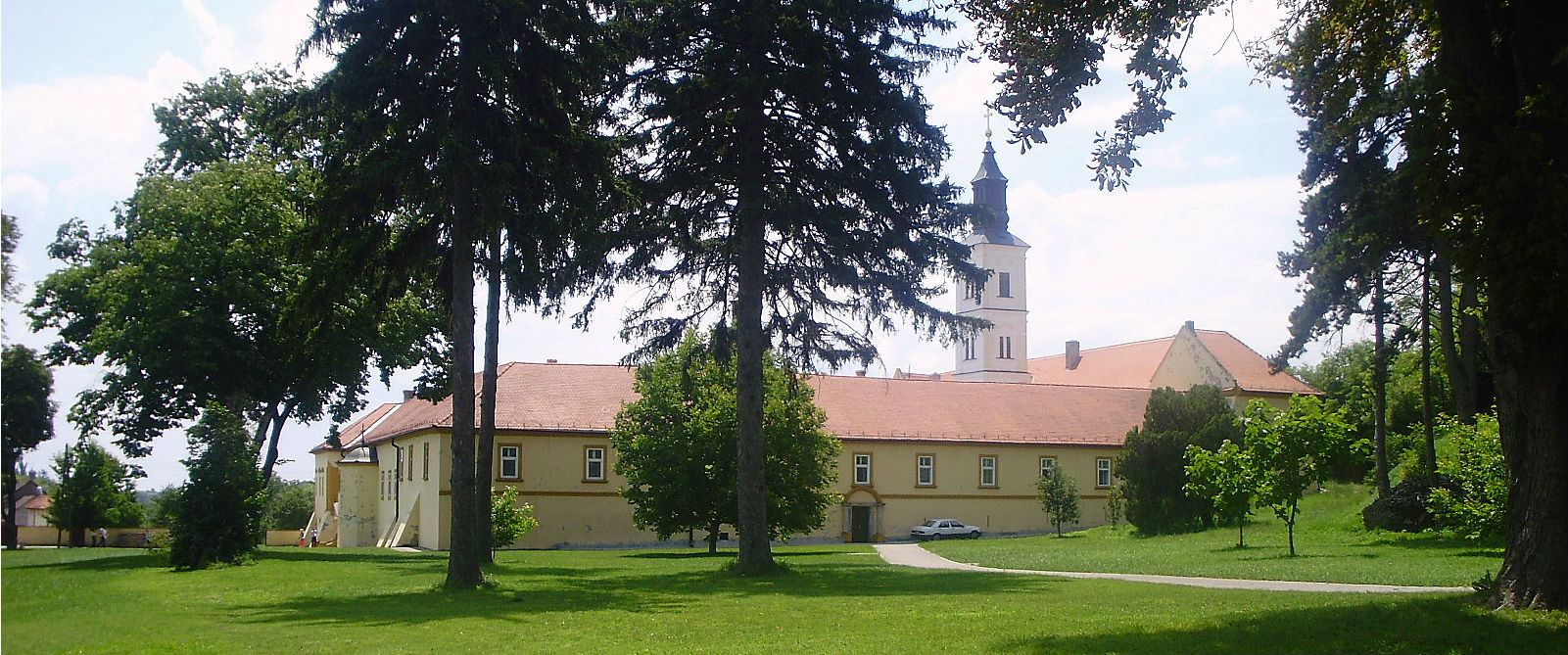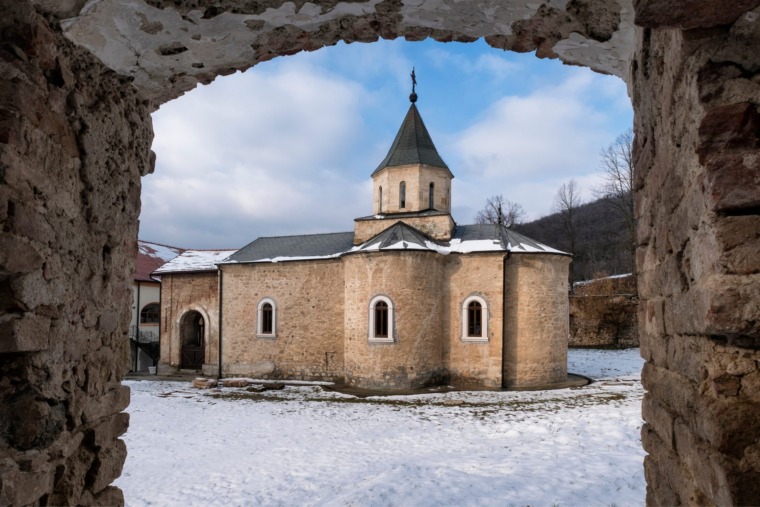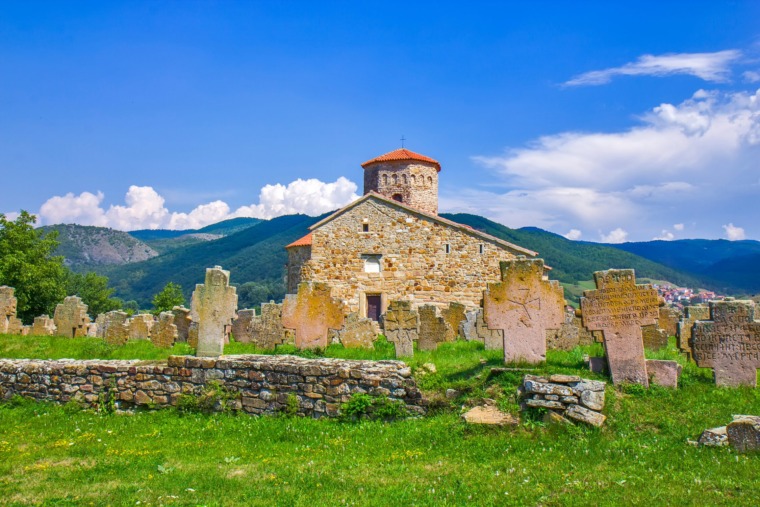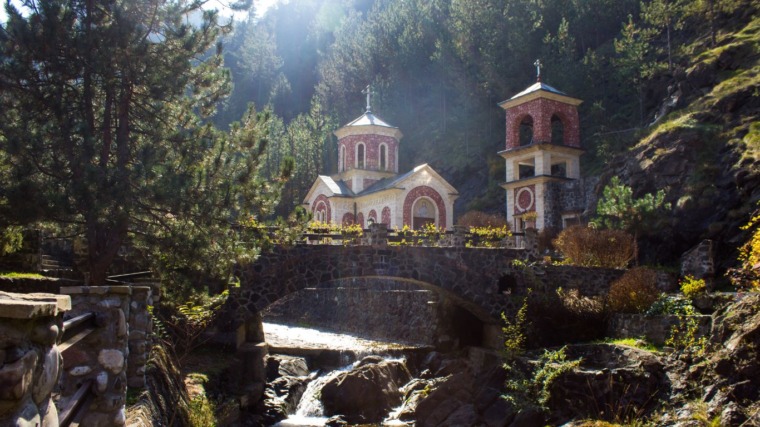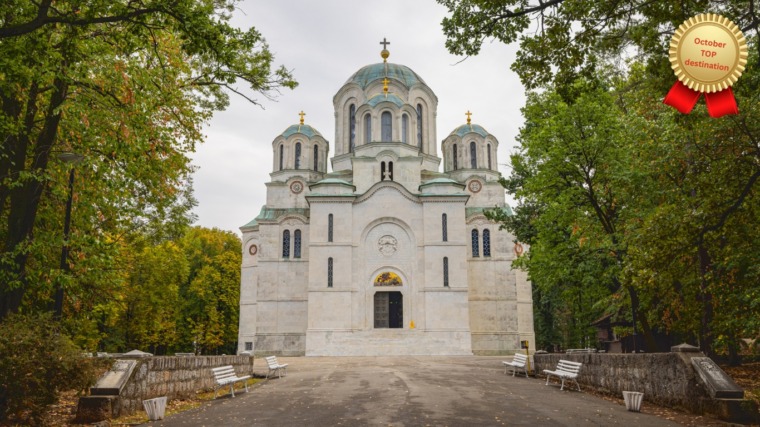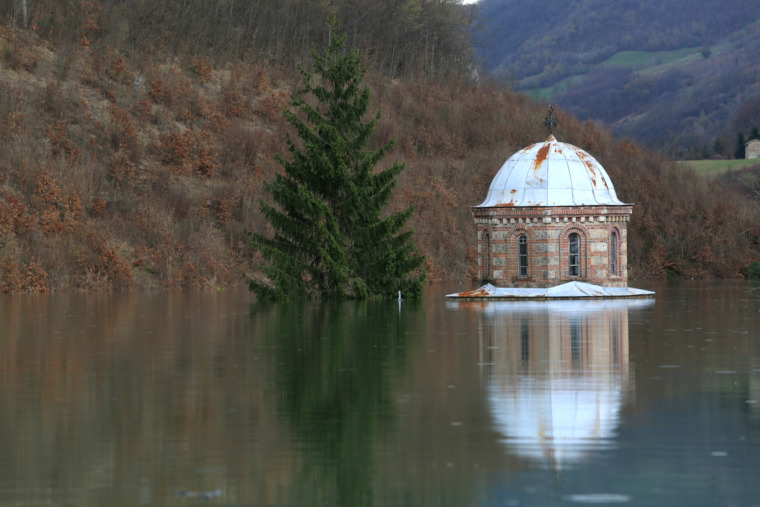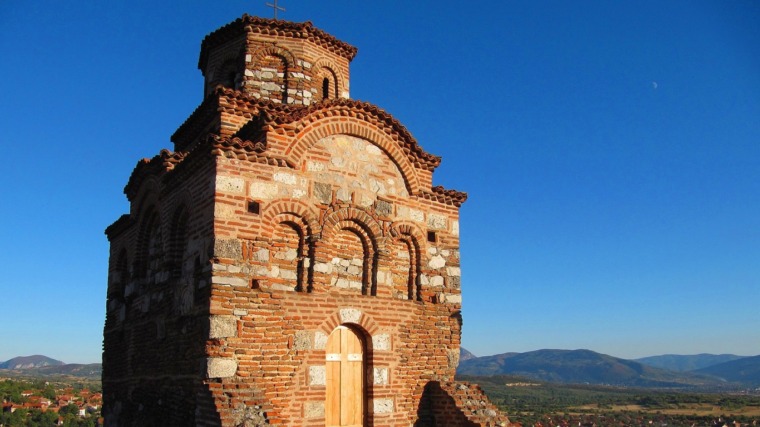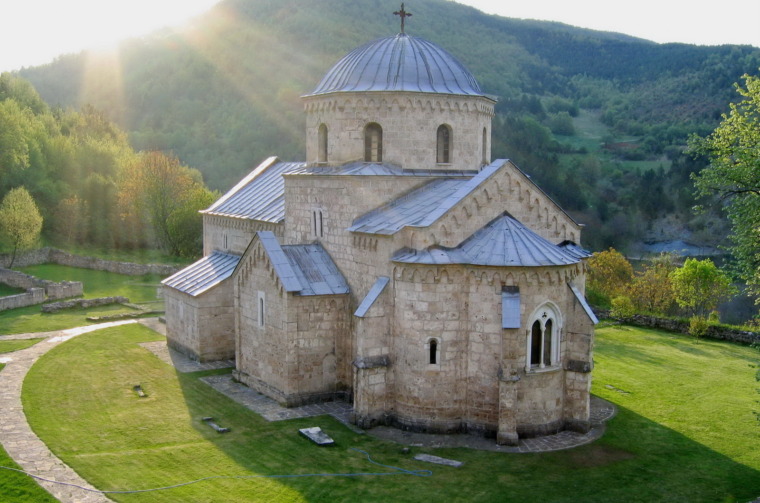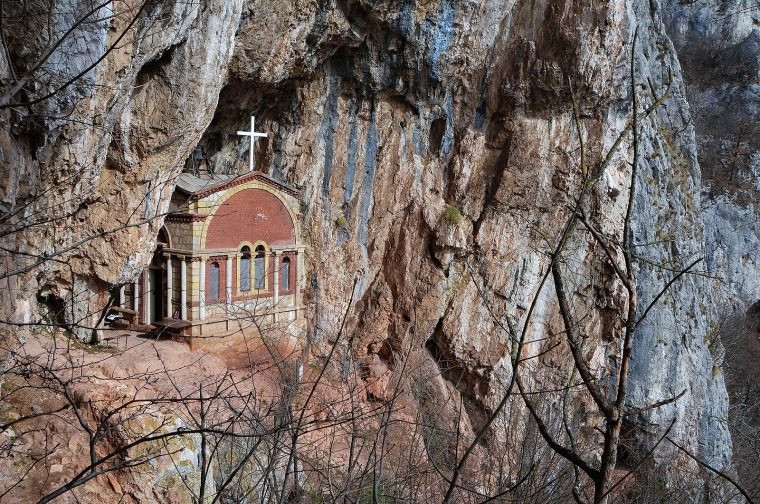Despite being destroyed on several occasions, the Studenica monastery on the slopes of Mt. Radočelo has been treasuring some of the most beautiful medieval Serbian frescoes for over eight centuries
The ones that have visited Studenica, the monastery considered one of the biggest treasures of the Serbian Orthodox Church, say that its uniqueness is owned to the combination of Ras and Byzantine styles, white marble and beautiful frescoes among which the oldest ones date back to the 12th century.
Numerous believers and connoisseurs of the medieval culture visit Studenica with one goal, to see the “Crucifixion” (The Studenica Crucifixion), the fresco considered one of the most beautiful frescoes in Serbia. Byzantine blue that in the early 13th century valued more than gold is the dominant color in the fresco. A liter of this precious paint cost several kilos of precious metal.
In 1190 Grand prince Stefan Nemanja, the founder of the Serbian medieval state and the founder of the dynasty Nemanjić built the Studenica monastery dedicated to the Presentation of the Holy Virgin.

Under the patronage of his youngest son, Saint Sava the first Serbian Archbishop and the founder of Serbian law and literature, Studenica became the political, spiritual and cultural center where the foundations of medicine and schools in Serbia were set.
Saint Sava established the first Serbian medical school in the Studenica monastery on the model of Byzantine monastery hospitals, and he described the monastic life in his significant work “Studenica Typicon” thus increasing the significance of this monastery and its treasures.
However, the progress and the profusion were truly rare characteristics of the Serbian medieval monasteries in the past. On the contrary, they had a very turbulent and violent history. Frequent looting and devastation didn’t miss Studenica. But it managed to preserve its valuable frescoes during the course of 8 centuries, even though a significant part of the monastery’s legacy was destroyed.
And beside the destruction of the frescoes, the Turks used the lead roof construction of the Studenica monastery to make ammunition at the very beginning of their rule in the region.
The monastery was also heavily looted after the Great Austro-Turkish War (1683-1699), but it suffered the greatest devastation in the early 19th century, during the First Serbian Uprising.
Looting and desecration weren’t the only misfortunes that befell Studenica. Unfortunately, the monastery suffered the unprofessional reconstruction in 1846, when the restorers covered the old frescoes with a new layer of plaster. The iconostasis of the monastery was renewed in the Baroque style that couldn’t possibly match the Byzantine style of the exterior.
A hundred years later, however, proper experts have managed to restore the previous appearance of the monastery walls. For its exceptional spiritual culture, beauty and extraordinary frescoes, Studenica was included on the UNESCO World Heritage Sites list in 1986.

Studenica is located 57 km from the town of Kraljevo, in the Biosphere Reserve “Golija-Studenica” that contribute to its sanctity and beauty.
Today the monastery is visited by 60,000 people a year. Beside seeing the frescoes, they also visit to honor the holy remains that lie in the monastery. Stefan Nemanja, his wife Anastasia and sons Vukan and Stefan the First-Crowned (themselves also significant Serbian rulers) are buried here.
How to get to the Studenica monastery?
If you travel from the direction of Belgrade, you can reach the Studenica monastery by taking the Ibar roadway via Kraljevo and Ušće. The town of Ušće is just 12km far from Studenica, and all you need to do is follow the road signs leading you to the monastery, and turn right just before the bridge on the Studenica river.
You can reach Ušće taking one of the many buses from Belgrade. If you travel from another direction, just take a bus to Novi Pazar, and then a local bus to Ušće. There are 4 buses travelling from Ušće to the Studenica monastery.
Once you’re here, don’t miss…
Žiča, one of the most beautiful monasteries in Serbia. On your way there, pay a visit to the Mataruška banja (eng. Mataruška spa).
The medieval Maglič fortress from the XIII century, located on the right bank of the Ibar river just 16km south of the city of Kraljevo. If you happen to be here in springtime, you will be amazed by the surrounding Valley of Lilacs that has a fairytale-like history.
If your spirit is adventurous, don’t miss the magic of the Ibar river and let its waves take you down during “The Merry race”, a unique event organized every July.



